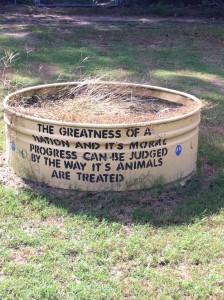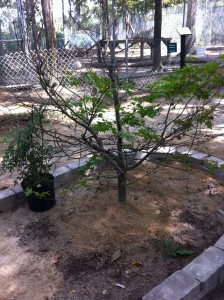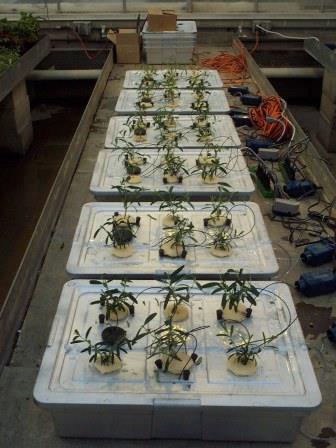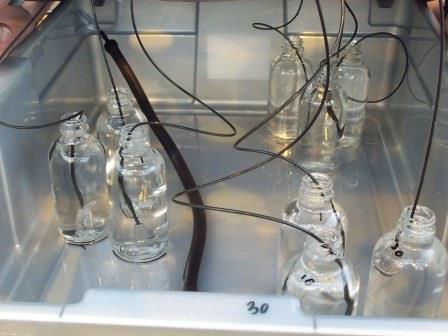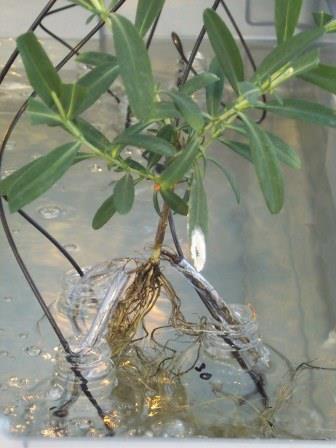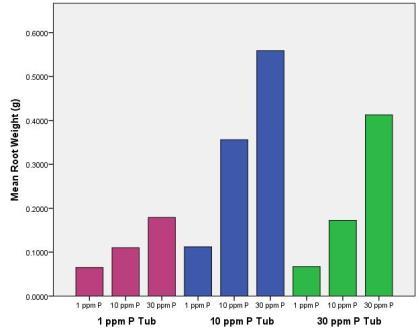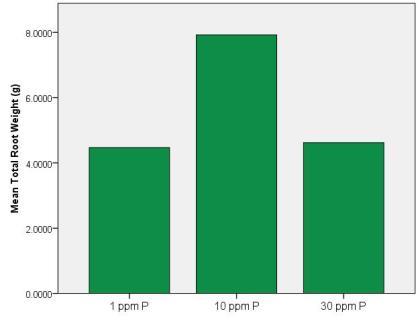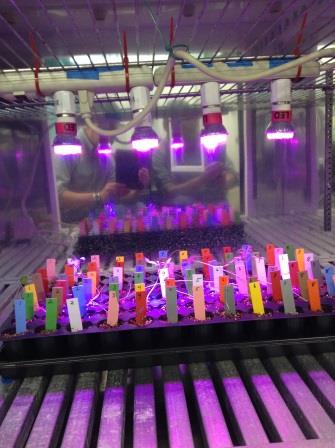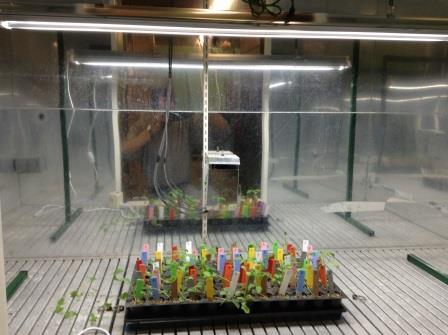
Yesterday on Facebook I posted a link to a list put out by the Rodale Institute which takes a look at 14 things that you should never eat. Some I thought were reasonable, and some I thought were a little nuts. All in all though, it was an entertaining experience that made me think.
Here are my thoughts on the 14 foods. Please feel free to disagree, and also realize that, while I am relatively familiar with the production of fruits, vegetables, and, to a lesser extent, staple crops like wheat, I’m not nearly as knowledgeable about meat and fish, and I’m certainly not a dietician. So for most of these, you should take my opinions with a grain of salt.
Swordfish – I agree with Rodale simply because of overfishing concerns. I am also concerned about the presence of heavy metals, but I do wonder how often someone would need to eat swordfish (and how much they would need to eat) to really endanger themselves?
Nonorganic strawberries – Well yes, strawberries are sprayed a lot, and if they’re grown organically they’re often sprayed a lot too – just with different things. I certainly think it’s a good idea to wash anything that you buy from the store – no matter how it’s grown – with warm water before eating it, but I don’t see avoiding conventionally grown strawberries as substantially reducing risk – organic strawberries have their own set of risks (possible contamination and use of organic pesticides). I do see a reason to buy locally grown strawberries – flavor!.
Diet Soda – I agree, because Diet Soda tastes like….well, I shouldn’t say it here.
McDonalds – I agree, not because of the GMO concerns, but instead because I’m opposed to the way that animals are treated in factory farms. That said, I love my Big Macs way too much to give them up (Don’t bother calling me a hypocrite — I’ll just agree with you).
Canned tomatoes – I kinda-sorta agree, but mostly because I like fresh tomatoes, or tomatoes from a glass bottle. I am somewhat concerned about BPA and would like to see more studies done on it, but I do not think that the danger is nearly as clear-cut as presented in this article. My family and I really don’t eat that much canned produce simply because we’re not all that thrilled by how it tastes.
Bread – I don’t agree. Certainly some people can have reactions to certain things in bread (like gluten) but the idea that modern wheat is some kind of lurking poison is a bit over the top.
Industrially produced hamburgers – Define industrially produced and I’ll tell you my opinion. Then tell me exactly how I tell if a burger is industrially produced. If it means I need to give up Five Guys….
Corn – I don’t agree, but I do love this line from the beginning of the article “Today’s corn plants are more like little pesticide factories with roots.” It conjures a cool dystopian image in my head. Look, every plant produces chemicals to defend itself from predators. It’s true, we gave corn a new one by using genetic engineering, and now we’re able to grow corn by using fewer insecticides, almost all of which are much more potentially damaging to us and the environment than the Bt we’ve put into corn.
White chocolate – Umm – I don’t know what to say about this one. I like it and I don’t see anything in the write up that convinces me it’s bad.
Artificial Sweeteners – I agree. I can’t stand the flavor and I’ll admit to having headaches which have coincided with ingesting certain artificial sweeteners.
Sprouts – I think that sprouts are generally safe, but there’s no denying that there have been some instances recently where sprouts were found to be contaminated with one disease or another.
Butter flavored microwave popcorn – Sure, popcorn with real butter tastes better, but I like this stuff too – that said, I am concerned about the factory workers who suffer from popcorn lung as noted in the article.
Food Dyes – I agree, if only because fruity pebbles and the like look so scary!
Chain restaurant ice cream – Um…no — I love ice-cream any way it comes.

